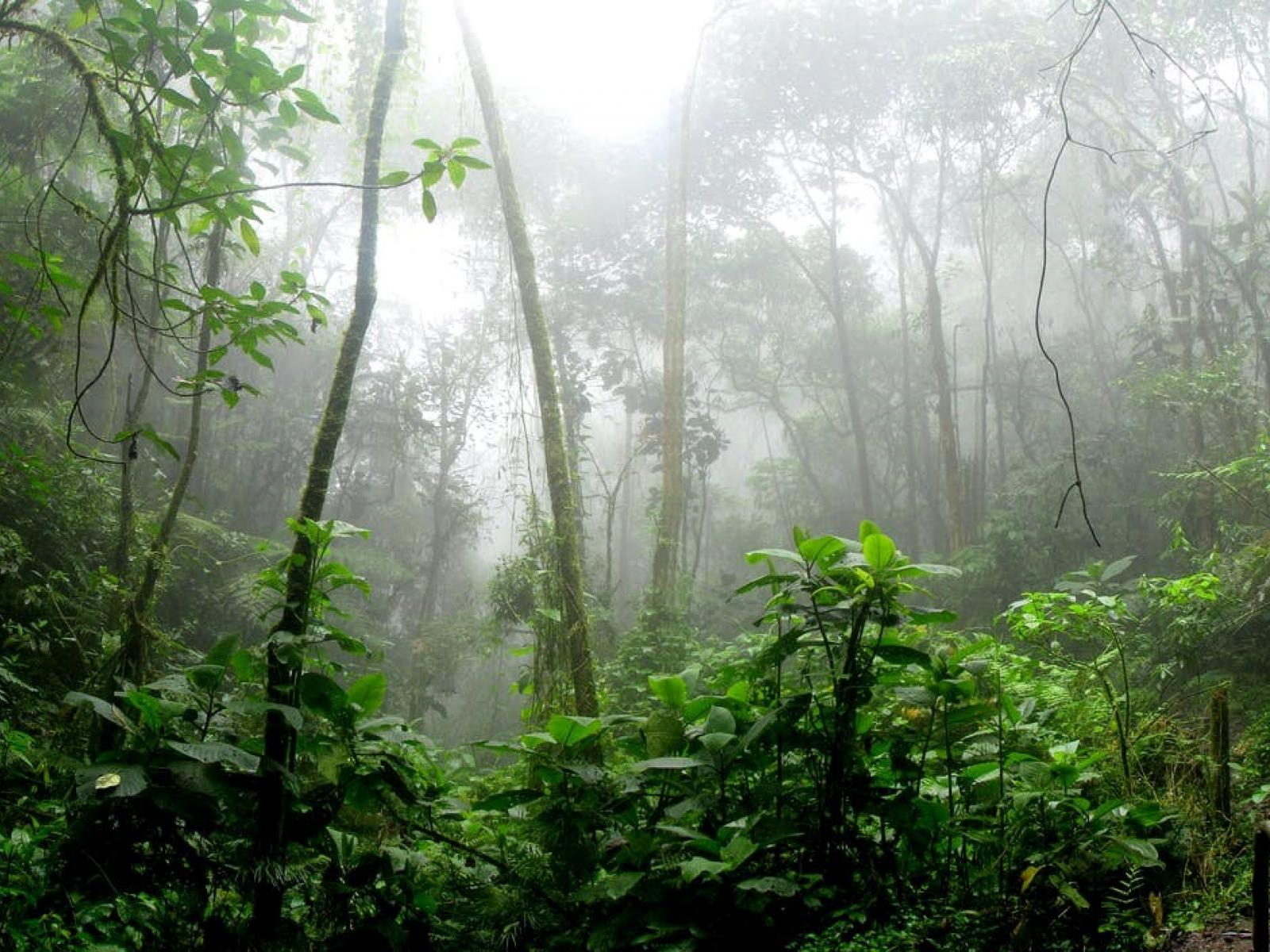Strong Chemical Sources and Sinks Govern Secondary Organic Aerosol Loadings
Chemical sources and sinks of aerosols are key for accurate models

Simplified representations cannot accurately represent how secondary organic aerosols behave in time and space, limiting their predictive power.
(Image by David Riaño Cortés | Pexels.com)
Published: January 14, 2021
Lou, S., Shrivastava, M., Easter, R. C., Yang, Y., Ma, P.‐L., Wang, H., et al. “New SOA treatments within the Energy Exascale Earth System Model (E3SM): Strong production and sinks govern atmospheric SOA distributions and radiative forcing.” Journal of Advances in Modeling Earth Systems, 12, e2020MS002266. (2020). https://doi.org/10.1029/2020MS002266